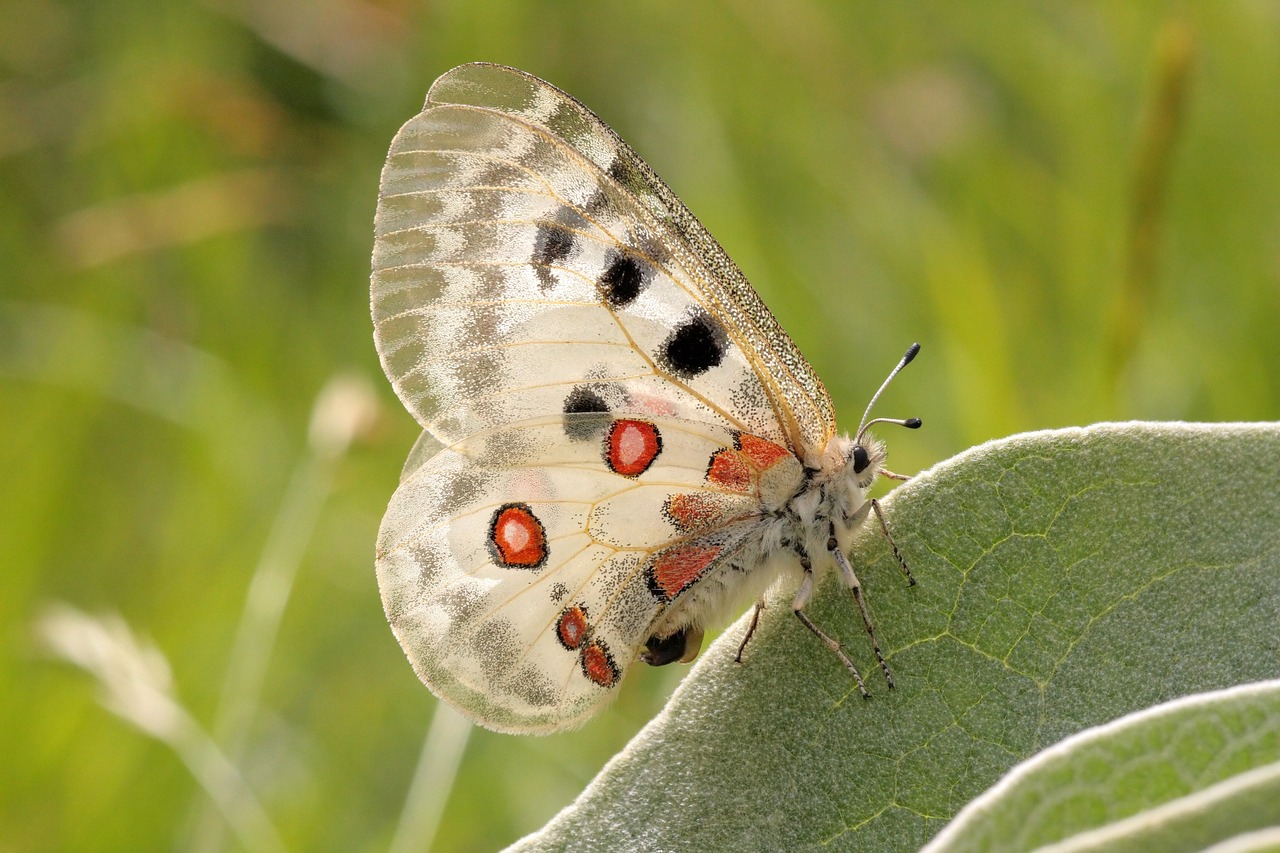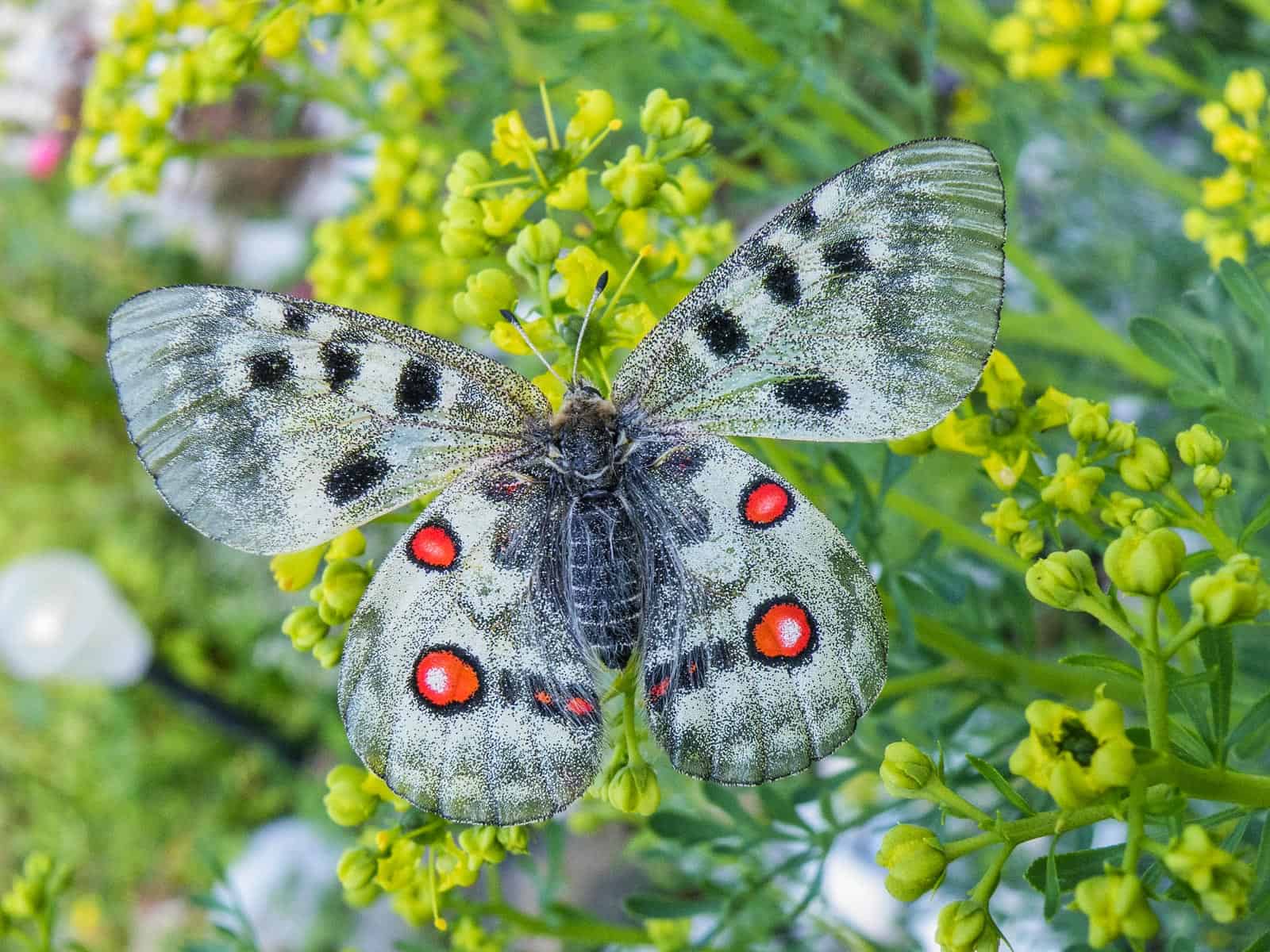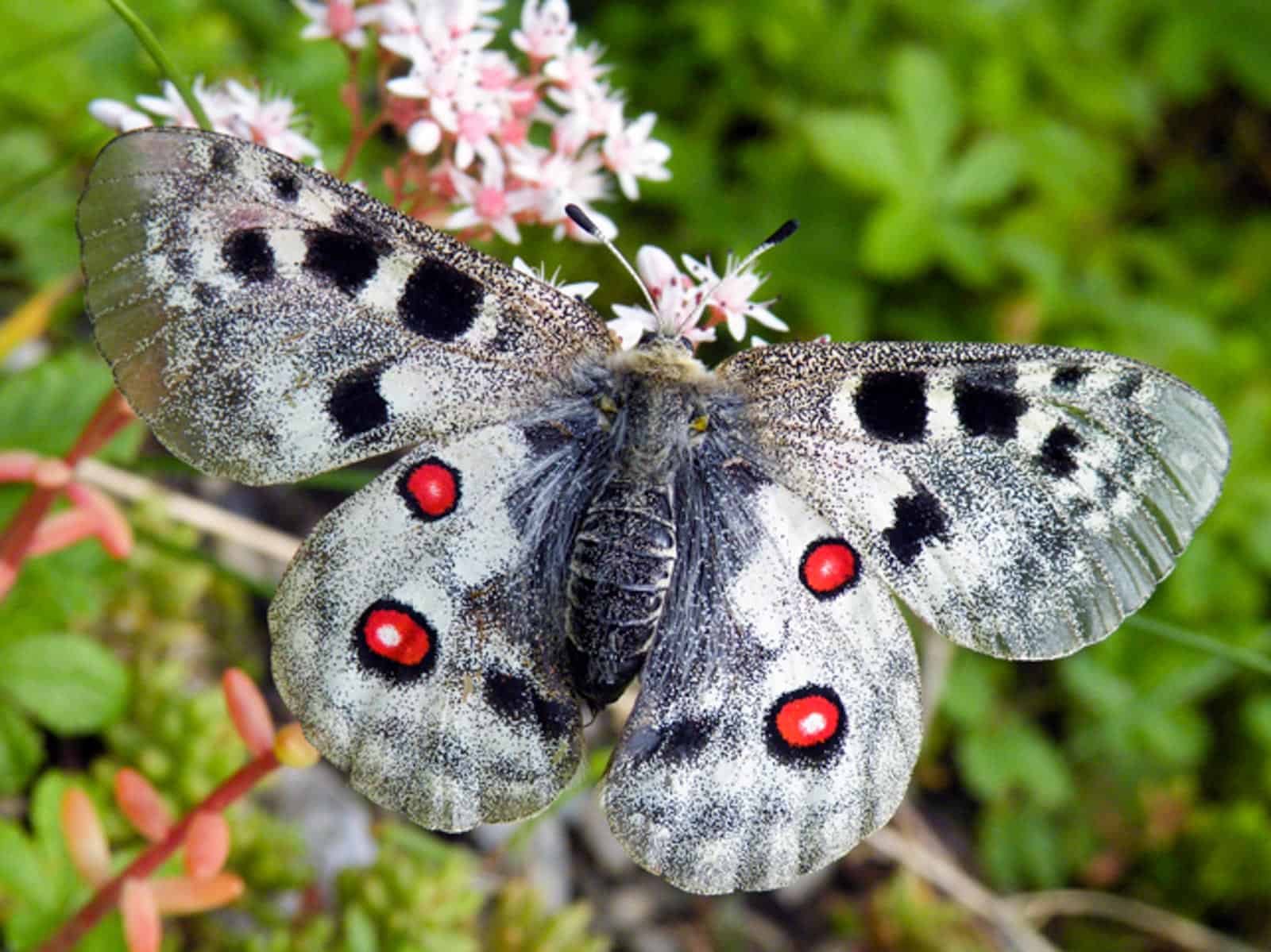Dogs and detection of Apollo Caterpillars
People discovered the sensitivity of a dog’s nose thousands of years ago, initially using it for hunting. Fast forward to present, and these animals have evolved into valuable members of our society, serving in police, customs, military, and rescue missions. Dogs have an incredible sense of smell that is a million times more sensitive than ours. It is related to the numerous scent receptors in their noses and the highly developed nasal processing centers in their brains. Dogs not only use their noses to detect scents, but they can also differentiate between various odours with amazing accuracy.
Dogs in Conservation
Thanks to that, dogs have become indispensable in research and conservation projects over the last 30 years. These sniffer dogs have been trained for a variety of tasks ranging from tracking wolves, lynx, wildcats, or bats to identifying carcasses (dead bodies), litter, and even targeting small insects. The possibilities are almost limitless, as long as the target object emits a smell, dogs can track it down. While this type of use of dog is common in the USA, Canada, Australia, and New Zealand, the use of nature or species protection dogs remains relatively unknown in Europe.
However, there is one organization in Austria, called Naturschutzhunde (nature conservation dogs) that promotes this type of dog work. They are experts in training sniffer dogs, for different areas of application, having certified teams in wildlife management, combating illegal persecution of protected species, searching for carcasses, tracking wild animals, and supporting various scientific projects.
And European Wilderness Society is thrilled to be part of a very motivated #LIFEApollo2020 team which happens to be one of these scientific projects!
What: One of the focus of the project lies on collecting data about Parnassius apollo with detection dogs playing a key role in mapping caterpillar population across selected sites. These dogs ensure precise and non-invasive data collection by identifying unique odors associated with Apollo caterpillars and their habitats.
Where: Field surveys span the Austrian Alps, targeting specific sites within this region to monitor population development. This diverse landscape ensures comprehensive data collection, covering a wide range of potential Apollo butterfly habitats. These are the places where Parnassius apollo lays its eggs, which over time turn into caterpillars.
How: Dogs undergo a special training, that teaches them to recognize the unique odors associated with Apollo caterpillars. At first, the dog sniffs the live caterpillars and gets a treat for it. Then, some objects with the caterpillar odor are introduced as a game element. The dog learns to associate finding the objects with getting a reward. As the training progresses, the dog practices in different places to get better at identifying the caterpillar scent. This simple but effective method helps the dog find the Apollo butterfly caterpillar in the wild.
When: Fieldwork usually takes place from March/April to June, when the caterpillars hatch from the eggs and crawl around.
Why: Dogs with their great sense of smell easily overtake humans in finding and detecting targets. The caterpillar monitoring, facilitated by the human-dog team guides us in conservation efforts, allowing us to make informed decisions on preserving this endangered species in its natural habitat.







